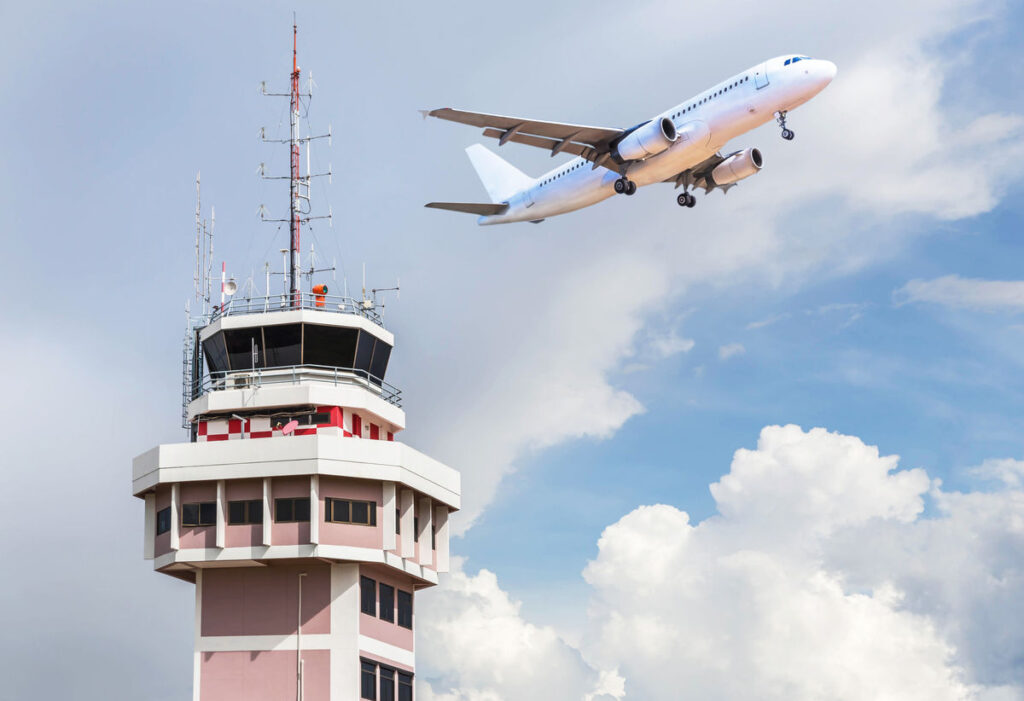
The government shutdown is set to wreak significantly more havoc on the nation’s air travel system if it continues into the second week of November, Transportation Secretary Sean Duffy said in a press conference on Tuesday.
Duffy warned of likely “mass chaos” at airports across the country if lawmakers aren’t able to come to an agreement to fund the government before air traffic controllers miss their second full paycheck.
“The longer this goes on, every day these hardworking Americans have bills they have to pay, and they’re being forced to make decisions and choices: Do they go to work as an air traffic controller? Or do they take another job to get resources, money, to put food on their table and gas in their car?” Duffy said. “And every day that goes by I think the problem is only going to get worse.”
The shutdown’s effect on the airport system is beginning to become more dramatic and noticeable to airline passengers. On Monday, Houston’s George Bush Intercontinental Airport (IAH) saw snaking lines at TSA checkpoints that came with three-hour wait times.
“TSA workers aren’t being paid,” Duffy said, noting that TSA is part of the Department of Homeland Security and not under his purview. “Air traffic controllers aren’t being paid.” Air traffic controllers received a partial paycheck on October 14 and missed their first full payment on October 28.
On Tuesday, November 11, ATC staff will miss their second full paycheck due to the shutdown, which will cause a financial crisis for the majority of workers in airport towers, according to Duffy. “Many of the controllers said ‘a lot of us can navigate missing one paycheck—not everybody, but a lot of us can. None of us can manage missing two paychecks,’” Duffy relayed at the press conference.
Duffy predicts that the number of air traffic controllers calling out of work will soar amid that financial hardship, leading to widespread flight disruptions from November 11 onward.
“You will see mass chaos,” Duffy said. “You will see mass flight delays, you will see mass cancellations, and you may see us close certain parts of the airspace because we just cannot manage it because we don’t have the air traffic controllers.”
Lawmakers in the U.S. Senate again failed to pass a funding bill for the 14th time on Tuesday, November 4, setting up the current shutdown to become the longest-ever in U.S. history as it crawled into its 35th day, tying the previous record established in early 2019.
Throughout the five-week federal closure, officials have limited the number of flights allowed to take off and land at airports with low ATC staffing numbers. Those limitations are put in place to maintain safety, and they have caused numerous flight delays around the country.
Duffy said that the FAA will continue in that vein. Officials will try to move the management of understaffed towers to other facilities to keep certain swathes of airspace “somewhat functioning,” said Duffy, who went on to note that officials “will restrict the airspace when we feel it’s not safe.”
Although the FAA and DOT are closely monitoring staffing levels and safety protocols, the strain on workers and the system are themselves a safety issue. “With this shutdown it would be dishonest to say that more risk isn’t injected into the system,” Duffy said. “There is more risk in the system.”
For the latest travel news, updates and deals, subscribe to the daily TravelPulse newsletter.

